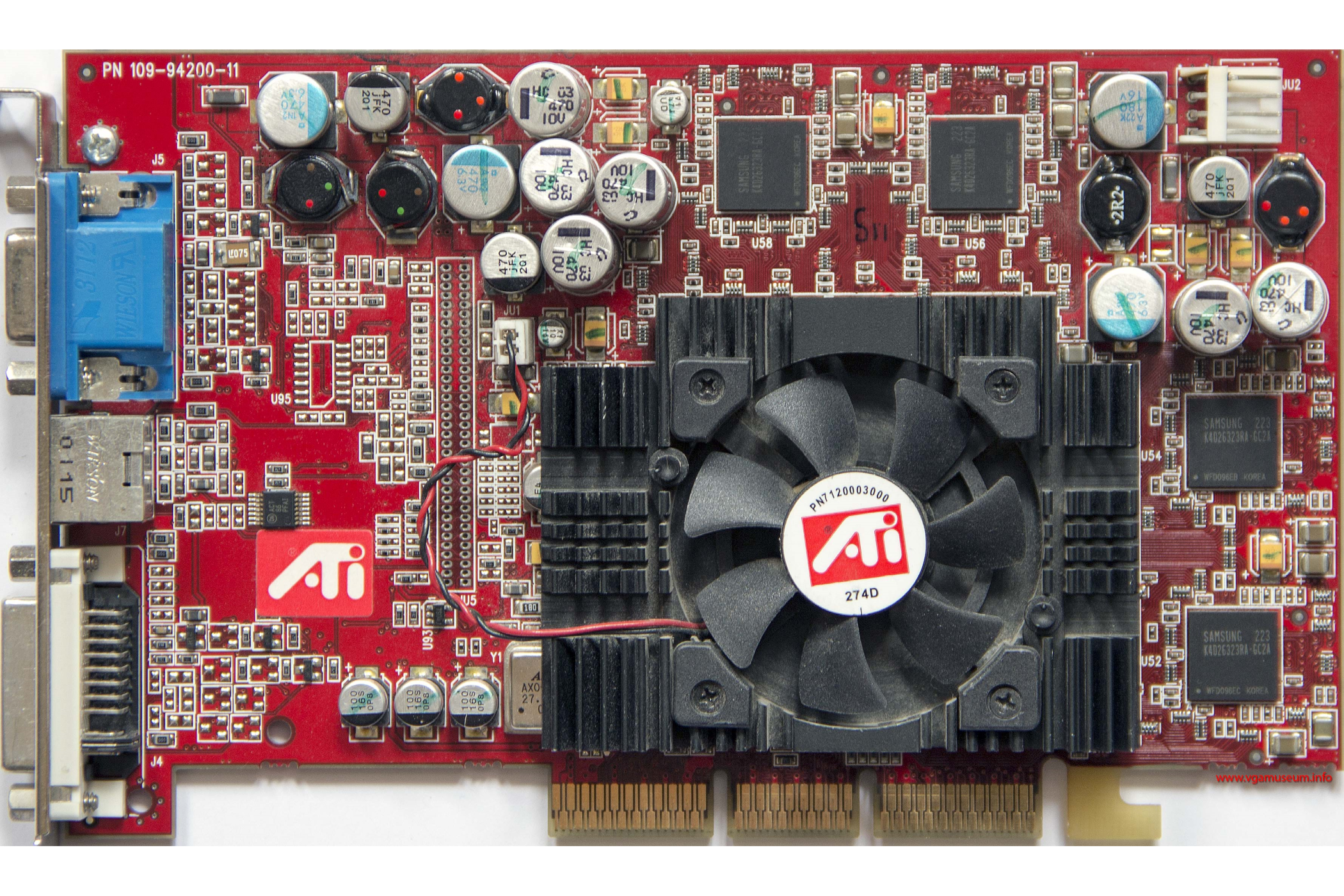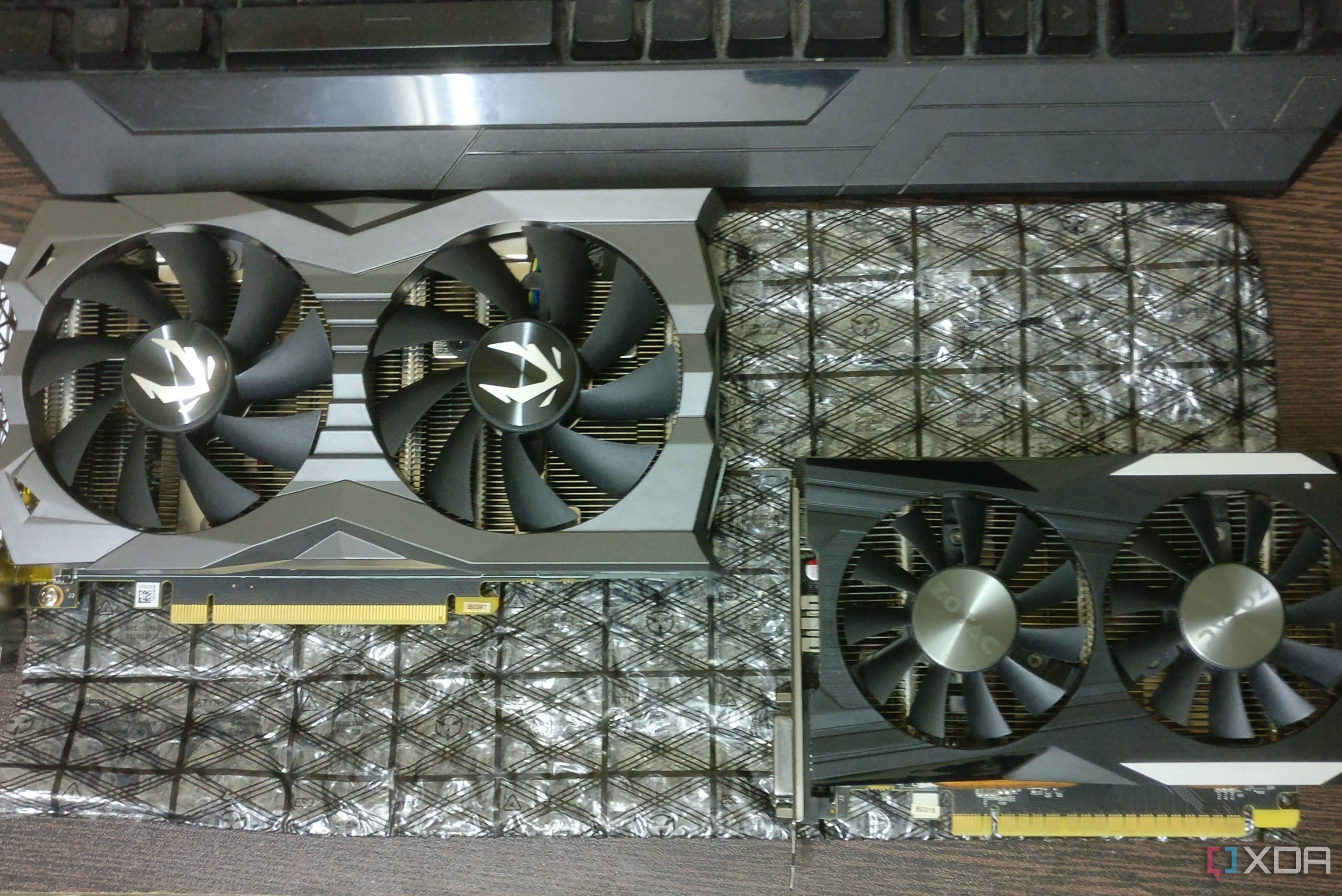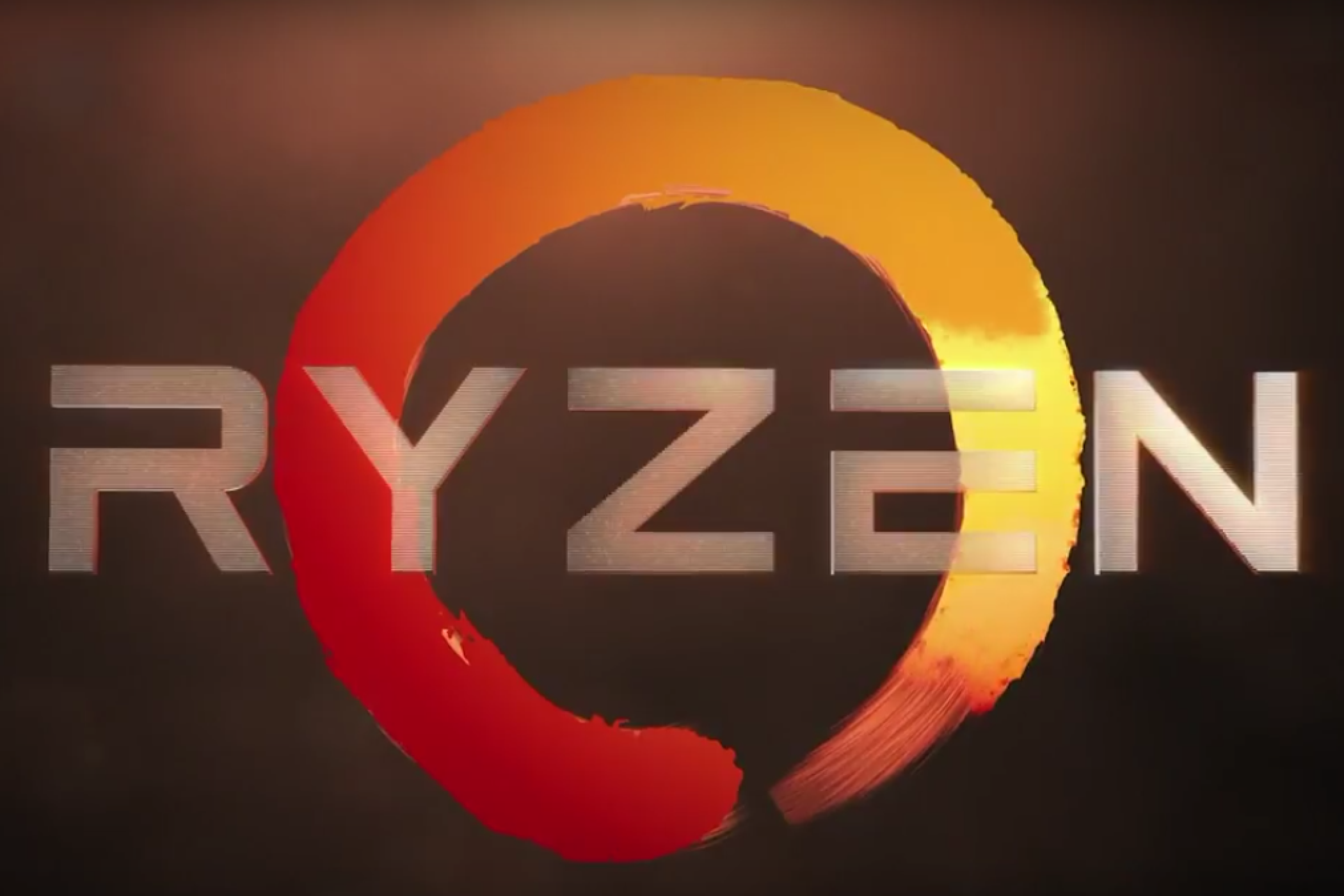Key Takeaways
- After my pre-built Pentium 3 PC, I built my first-ever custom PC with an Intel Core 2 Duo CPU, making do with the motherboard’s onboard graphics
- Upgrading to the AMD FX-6300 6-core and the GTX 760 was a revelation
- I stayed with AMD, going with the Ryzen 5 1600 and then the Ryzen 7 5700X, realizing that my next build would probably be less satisfying than those that came before
Sometimes, I feel that years pass by without leaving their mark, fading into each other and losing their individual identity. It feels just like yesterday when I built my first-ever PC with a humble dual-core Intel CPU back in 2007. From those days of playing game demo discs to death to barely finding time to play anything on my Zen 3 Ryzen gaming rig, my PC has been a steady companion.
But, what amazes me is how much things have changed since then — and it isn’t just the performance and complexity of PC hardware. The entire experience surrounding PC building and PC gaming looks so radically different today, more than 15 years later. But, this change happened gradually, over the course of four crucial landmarks in my PC building journey.
Humble beginnings of a PC builder
I’ll be honest — I got my first-ever PC even earlier than 2007. It was at the start of the millennium (I know how that sounds) in 2000 when my parents finally decided to get an HP Brio pre-built PC for my brother and me. At the time, it was a huge deal, both financially and culturally, to have a full-fledged Windows 98 PC in your house. Fortunately, that Pentium 3 system sparked something in me, propelling me to dabble into custom PC building seven years later.
My first-ever build barely went according to plan. Sure, I got a “gaming PC†to play what I could manage, but the limited budget that I had didn’t allow me to be picky. I gingerly trusted the shop owner to suggest the best possible configuration within my budget, and out of the options he came up with, and based on the little I knew back then, the Intel Core 2 Duo became the heart of my first-ever custom build.

And when I say it was the heart of the PC, I’m being all too literal. There was no gaming GPU in that PC, not even integrated graphics on the CPU. I had to make do with the motherboard’s onboard graphics, so this PC wasn’t winning any awards. Hell, it didn’t even look like much of a gaming PC, sporting a case right out of an office setup. And if I remember correctly, the Core 2 Duo chip I had was based on a 45nm process and was clocked at around 2.6GHz.
It’s only in retrospect that I’m able to see the limitations of my very first build. At the time, I could see no wrong in it, playing whatever I could find in the rationed time my parents allowed me on it. The gorgeous Windows XP was my mainstay for the next few years as I created some core memories playing games from the Need for Speed, GTA, and Max Payne series. With a discrete GPU added a few years later, Dead Space, Crysis 2, Assassin’s Creed 2, and Far Cry 2 joined the ranks.
AMD FX-6300: Now we’re talking
Full-blown 6-core CPU enters the chat
The AMD (or ATI) graphics card I installed in my Core 2 Duo PC in 2010 extended its lifespan a fair bit. But, by 2014, it became clear that the 1GB GPU was at its last stages. That’s when I decided to do a full setup upgrade. By this time, my Core 2 Duo PC was already 7 years old, and I was hoping to put something together that would be a far cry from what I had. AMD came up with its Piledriver CPUs around a year back and based on its pricing and performance in 2014, the FX-6300 was one of the best gaming CPUs for budget builders.
This 6-core, 6-thread processor had 3.5GHz/4.1GHz base/boost clock speeds and was a serious upgrade over the Intel dual-core. As for the graphics card, I had the budget to accommodate a GeForce GTX 760 in the build, so we’re talking about a pretty decent gaming PC for the time, if not the best. I still remember heading to Nehru Place (Asia’s largest wholesale computer market) with my brother, excitedly running from shop to shop hunting for the best prices, and spending hours assembling the PC back at home.
This time, we had more of a say in terms of choosing every single component of the PC. Besides the CPU and GPU, I picked a budget Gigabyte 970 motherboard, 8GB of Kingston HyperX memory, and a black case I now regret choosing. But overall, I was satisfied with the build and its performance. I was finally able to play games like Far Cry 4, Wolfenstein: The New Order, and Assassin’s Creed Unity without too much trouble.
AMD Ryzen 5 1600: Early adopter on the hype train
AMD’s comeback to the CPU wars
Soon after building the FX-6300 PC, I had to leave my hometown to pursue my MBA for two years — the only two years I went without a PC. I did have a laptop for my college work, but it was a 4th Gen Haswell–based HP laptop with a GeForce 820M GPU, so it wasn’t really in the best gaming laptops category. In 2017, a year after graduating, the itch to build a new PC came back to me as I now had a stable full-time job and was living away from home, and more importantly, away from the previous PC I built.
So, I went back to the drawing board, doing my research and looking at what was new in the gaming PC space. AMD had just released their first-gen Ryzen processors to great reception. The performance numbers were great, they were finally offering real competition, and their promise to support the AM4 platform for five whole years was unheard of at the time. Hence, my choice had been made. I picked up an Asus B350 motherboard, 8GB of G.Skill Ripjaws 3000MHz RAM, a Samsung 860 EVO SSD (finally), and a Corsair Spec-04 case. I actually bought the parts from all over the place — eBay, Amazon, and a few local online and offline retailers. Building the PC this time around was a fast and simple affair.

For the graphics card this time around, I somehow ended up with a GeForce 1050 Ti. Though it was a capable 4GB GPU, it was way underpowered for this kind of build. After all, it cost less than the Ryzen 5 1600. But, at the time, I didn’t feel this way, and actually had no issues playing Far Cry Primal, Hellblade: Senua’s Sacrifice, or Dishonored 2 on that PC. It wasn’t until two years later in 2019 that I realized that saving money on the GPU had been a mistake, and I decided to swap the 1050 Ti for a GTX 1660 Ti.
This was the time when I finally felt confident making the jump to 1440p, got myself an LG 27GL850, finally added another 8GB stick of memory, and enjoyed games like Forza Horizon 4, The Division 2, The Outer Worlds, and even some older games like Wolfenstein II: The New Colossus. Thanks to the 1660 Ti, I could even dabble into more demanding games of the time like Control and Metro Exodus.
AMD Ryzen 7 5700X: Continuing the good times
The realization that brand loyalty was somewhat real

Source: AMD
Back in early 2021, in the middle of the pandemic, the supply chain troubles and scalpers together made it impossible to even think of an upgrade. It wasn’t as if my Ryzen 5 1600 and GTX 1660 Ti system really needed an upgrade, except for maybe playing Cyberpunk 2077. But, like I said, PC upgrades had become a luxury and I kept delaying a GPU purchase till the middle of 2022.
Price had finally started to return to normalcy when, out of the blue, I ended up winning a PC building competition organized by WD and Nvidia. It turned out that the first-place reward was the actual gaming PC I had configured for the online competition. From contemplating an upgrade to the RTX 3060 Ti for months, I now had the freedom to configure a PC with an RTX 3080 Founder’s Edition and a WD SN770 1TB NVMe SSD.
I was obviously ecstatic and spent the allotted budget of around $1,500 on the GPU, SSD (both of which I couldn’t change), and the rest of the parts. I went with the 8-core Ryzen 7 5700X for some extra productivity performance, a great mid-range Aorus motherboard from Gigabyte, 32GB of G.Skill Trident Z 3600MHz RAM, an 850W PSU from EVGA, and the Lancool II Mesh case from Lian Li. I even had enough of the budget left around for the Cooler Master ML240L AIO.
The Ryzen 7000 series and RTX 4000 series were still 2-3 months ahead, so I had to go with an AM4 build. But, boy was I elated to put this powerful PC together. The white aesthetic coupled with the gorgeous RTX 3080 FE and the black Aorus motherboard looked simply breathtaking. As for the performance, I could finally play Cyberpunk 2077, Flight Simulator 2020, and Dying Light 2 at the settings I really wanted. The cherry on top was that I had essentially gotten an RTX 3080 at MSRP, which was the biggest win ever.
Looking forward to Blackwell and Zen 5
It has taken more than 15 years of building gaming PCs (and winning one) to make me realize that enthusiast PC building has now become too demanding. Component prices have never been higher, the research takes more time than ever, and nailing the aesthetics takes as much work as configuring the parts for performance. But, this is also because my standards have risen to the point that I’d rather delay building a PC than make some compromises.
For my next upgrade in, say 2025, I would probably still choose a Ryzen CPU and an RTX 5000 GPU but I’m not sure whether I’d be as delighted with my future builds as I was with the ones in the past. My latest RTX 3080 build has probably seen fewer gaming sessions than my earliest Intel dual-core PC. Back then, we used to have all the time in the world but little money to spare on fancy GPUs and CPUs. And now, when we have the money and know-how, time has become the only “bottleneckâ€.
** (Disclaimer: This video content is intended for educational and informational purposes only) **
More...

